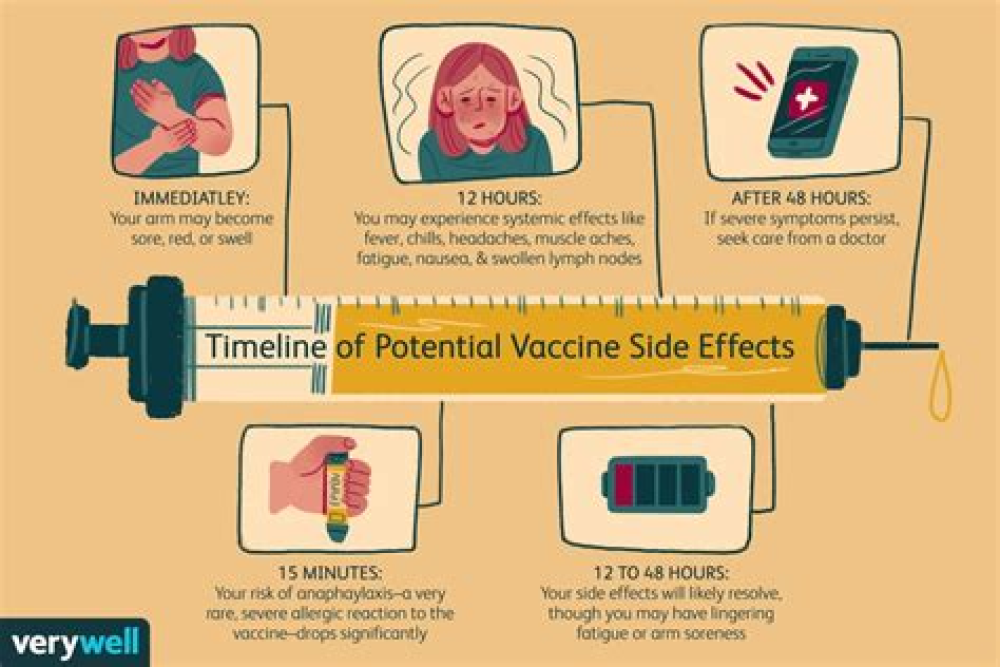Authors: Abanoub Riad,1,2,*†Andrea Pokorná,2,3,†Sameh Attia,4Jitka Klugarová,1,2Michal Koščík,1,5,‡ and Miloslav Klugar1,2,‡Giovanni Gabutti, Academic Editor
Abstract
Background: COVID-19 vaccine side effects have a fundamental role in public confidence in the vaccine and its uptake process. Thus far, the evidence on vaccine safety has exclusively been obtained from the manufacturer-sponsored studies; therefore, this study was designed to provide independent evidence on Pfizer–BioNTech COVID-19 vaccine side effects. Methods: A cross-sectional survey-based study was carried out between January and February 2021 to collect data on the side effects following the COVID-19 vaccine among healthcare workers in the Czech Republic. The study used a validated questionnaire with twenty-eight multiple-choice items covering the participants’ demographic data, medical anamneses, COVID-19-related anamneses, general, oral, and skin-related side effects. Results: Injection site pain (89.8%), fatigue (62.2%), headache (45.6%), muscle pain (37.1%), and chills (33.9%) were the most commonly reported side effects. All the general side effects were more prevalent among the ≤43-year-old group, and their duration was mainly one day (45.1%) or three days (35.8%) following the vaccine. Antihistamines were the most common drugs associated with side effects, thus requiring further investigation. The people with two doses were generally associated with a higher frequency of side effects. Conclusions: The distribution of side effects among Czech healthcare workers was highly consistent with the manufacturer’s data, especially in terms of their association with the younger age group and the second dose. The overall prevalence of some local and systemic side effects was higher than the manufacturer’s report. Further independent studies on vaccine safety are strongly required to strengthen public confidence in the vaccine.
1. Introduction
Vaccine hesitancy (VH) refers to the “delay in acceptance or refusal of vaccines despite availability of vaccine services”; it is an emerging public health challenge nourished by misinformation related to vaccines effectiveness and safety [1,2,3]. In a recent nation-wide study, aversion to vaccines’ potential side effects was the most frequent cause for VH among population groups in the United Kingdom (U.K.) [4]. This finding was supported in the context of COVID-19 vaccines, because a fear of side effects was the most prominent reason to decrease the readiness of healthcare workers and students in Poland to accept the vaccination [5,6]. Consequently, a systematic review of the strategies of tackling VH revealed that raising public awareness of vaccines’ effectiveness and honesty regarding their side effects is vital for improving vaccine uptake [7]. The launch of the COVID-19 vaccine rollout in December 2020 was a landmark for overcoming this pandemic crisis; therefore, it had been recommended to split the pandemic history to pre-vaccination (B.V.; before vaccine) and post-vaccination (A.V.; after vaccine) eras. COVID-19-related literature should be defined in relation to this parameter either as B.V. or A.V. [8].
In a cross-sectional study of influenza vaccine side effects, three out of thirty-seven participants who were recently influenza-vaccinated (8%) developed oral side effects, thus implying a non-statistically significant relationship between influenza vaccine and the oral cavity [9]. The short-term side effects of vaccines vary in their clinical presentation; however, they are commonly related to prophylactic vaccines’ humoral immune response [10]. The oral cavity has been a locus for the adverse events of an array of vaccines, e.g., diphtheria, tetanus, acellular pertussis, and polio vaccines [9]. The COVID-19-related oral symptoms were attributed to the high expression of angiotensin-converting enzyme 2 (ACE2) receptors in the tongue’s epithelial cells, buccal and gingival mucosa [11,12,13,14,15,16,17,18].
Thus far, all the available data on COVID-19 vaccine side effects has been published by manufacturer-funded studies which are in compliance with the drug authorities’ guidelines and monitored by third-parties [19]. A lack of independent studies on vaccines’ safety may adversely impact the vaccine uptake, which has to be accelerated in the next few months in order to escape this viscous circle of the virus and its variants [7]. Therefore, this study’s primary objective was to estimate the prevalence of Pfizer–BioNTech COVID-19 vaccine side effects among the early vaccinated healthcare workers in the Czech Republic.
The secondary objectives were:
- To identify the potential risk factors of Pfizer–BioNTech COVID-19 vaccine side effects;
- To evaluate the correlation of general side effects, oral side effects, and skin-related side effects.
For More Information: https://www.ncbi.nlm.nih.gov/pmc/articles/PMC8037149/
